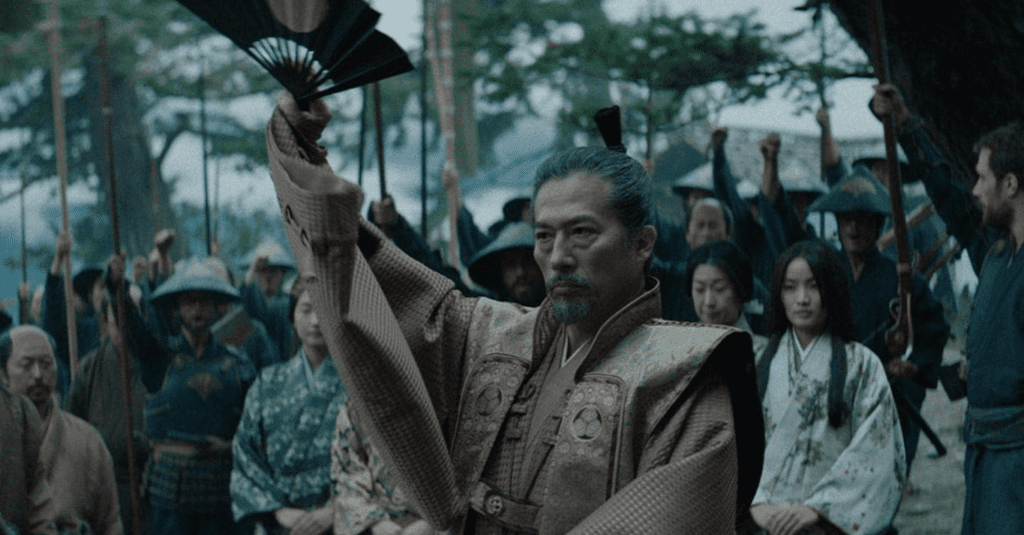In the annals of Japanese history, few figures loom as large as Tokugawa Ieyasu, the man who laid the foundations of the Tokugawa shogunate, an era that would endure for over two and a half centuries. Often portrayed as a master strategist and shrewd political operator, Ieyasu’s rise to power is a saga of ambition, perseverance, and calculated maneuvering in a tumultuous period of Japanese history.
Born Matsudaira Takechiyo in 1543, in the region of Mikawa, Ieyasu was thrust into the chaos of the Sengoku period, a time marked by incessant warfare and the struggle for supremacy among feudal lords, or daimyo. Despite being born into a relatively minor clan, Ieyasu demonstrated early on his astuteness and adaptability, quickly rising through the ranks amidst the shifting alliances and betrayals of the era.
One of the pivotal moments in Ieyasu’s ascent came in 1582 when his former ally, Oda Nobunaga, was assassinated, plunging the realm into chaos. Seizing the opportunity, Ieyasu deftly navigated the ensuing power vacuum, consolidating his control over the strategic province of Suruga and expanding his influence across central Japan.

However, it was Ieyasu’s decisive victory at the Battle of Sekigahara in 1600 that would cement his status as the preeminent figure in Japanese politics. Emerging triumphant from the clash between the Eastern and Western armies, Ieyasu emerged as the undisputed ruler of Japan, earning him the title of shogun and inaugurating the Tokugawa shogunate.
Yet, behind the facade of military prowess and political acumen, Ieyasu’s reign was characterized by a complex web of alliances, betrayals, and Machiavellian maneuvering. Central to his strategy was the cultivation of a network of loyal vassals and the implementation of policies aimed at consolidating his grip on power, including the establishment of the rigid social hierarchy known as the “sakoku” or closed country policy.
Despite his authoritarian rule, Ieyasu was also a patron of the arts and culture, fostering a period of relative stability and prosperity known as the Edo period. Under his guidance, Japan experienced a flourishing of literature, art, and architecture, leaving an indelible mark on its cultural landscape that endures to this day.
However, Ieyasu’s legacy is not without controversy, with historians continuing to debate his true motivations and the extent of his contributions to Japanese society. While some view him as a visionary leader who brought peace and stability to a fractured land, others criticize his ruthless pursuit of power and the draconian measures employed to maintain his authority.
In the end, the true story of Yoshi Toranaga, as Ieyasu was known in James Clavell’s epic novel “Shogun,” is a testament to the complexities of leadership and the enduring allure of power. Whether revered as a national hero or reviled as a ruthless dictator, one thing remains clear: the legacy of Tokugawa Ieyasu continues to cast a long shadow over the pages of Japanese history.